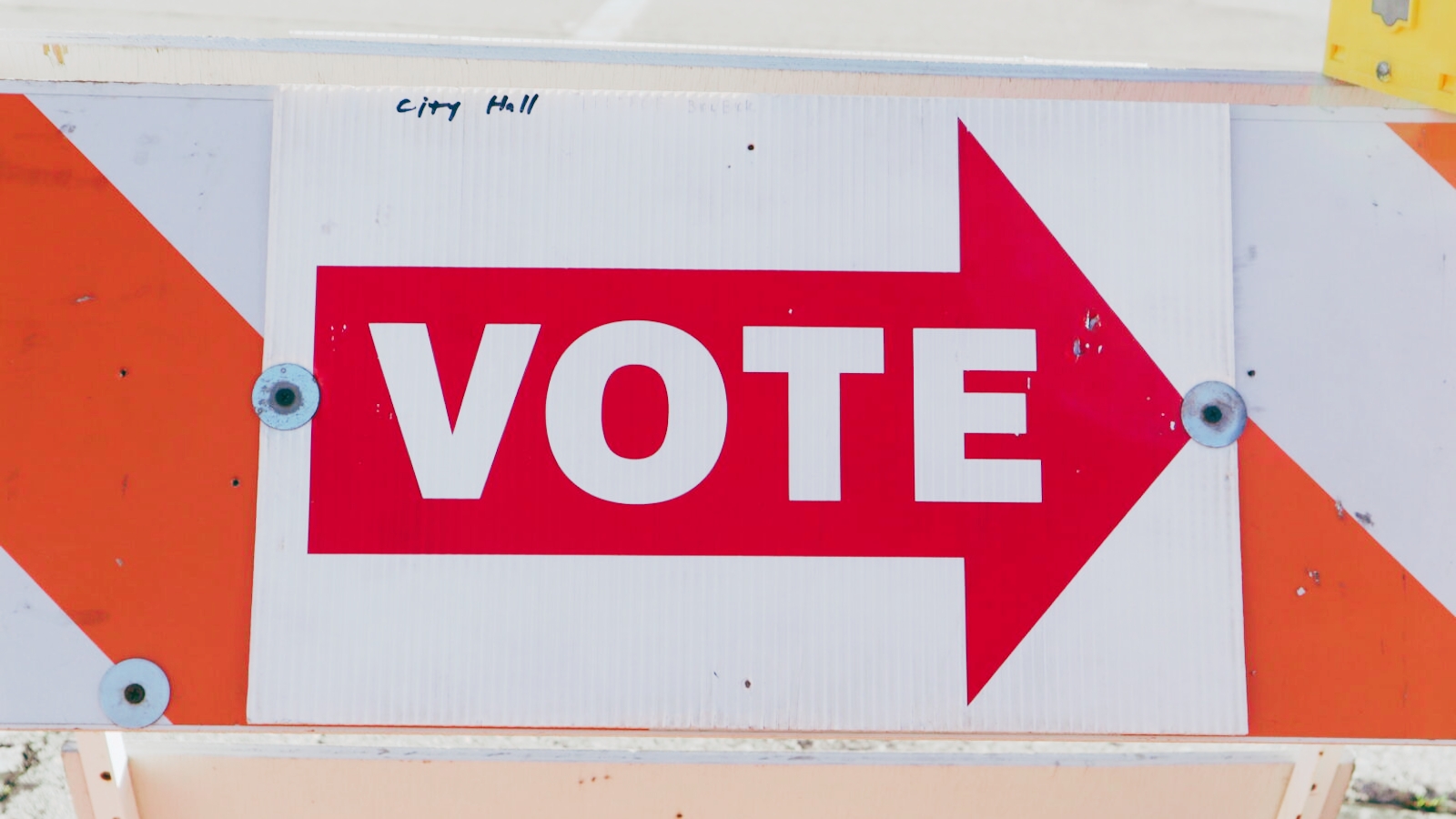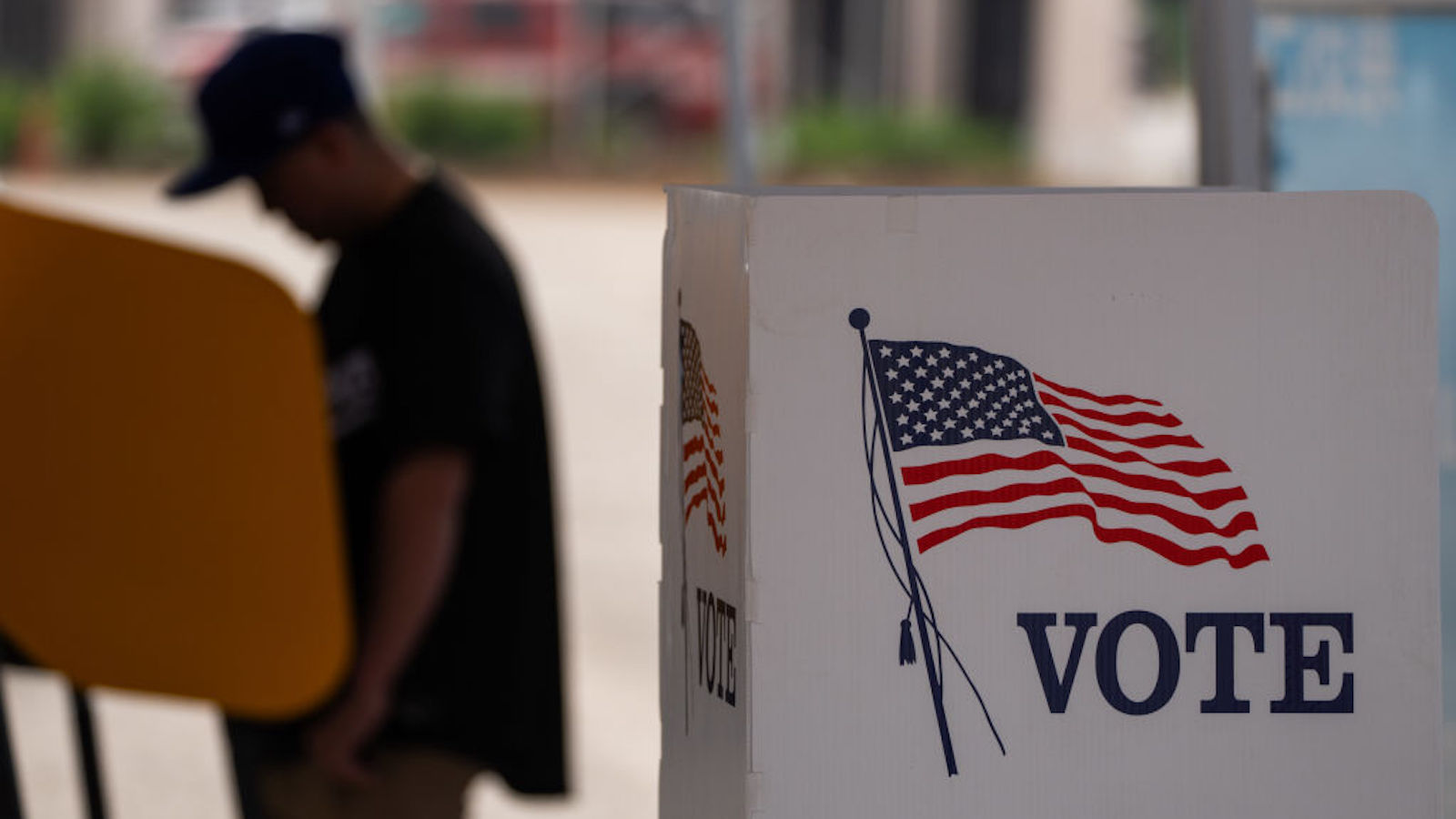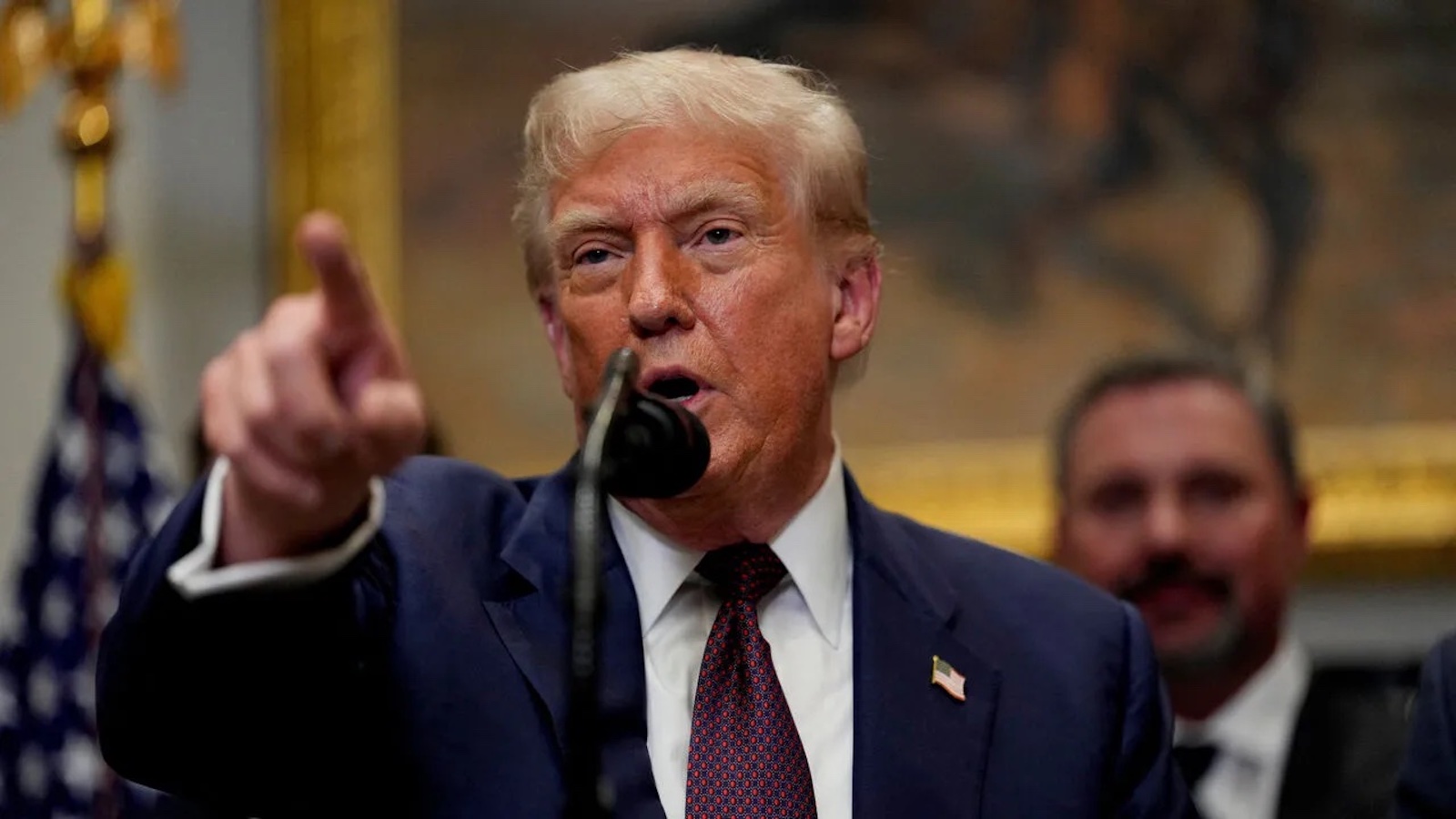
Could Ranked Choice Voting Make Voters Chill Out?
All politics are local, but not all politics are equal.
In 2016, I was managing a campaign for a conservative candidate for city council. In a city council race (these local and municipal races are typically non-partisan) you are lobbying your neighbors, your co-workers, and the numerous local organizations that make up the mandatory institutions you must visit and speak to over the course of a race. Typically, whether liberal or conservative, you find candidates going to forums and debates hosted by organizations and groups they might be ideologically opposed to, but these candidates go to them anyway to find common ground, when it can be found of course.
Truth be told, I always found this as an odd practice. Why would you go pander for votes when you could pretty much tell they wouldn’t vote for you at all? This was a tradition that seemed more as a way to save face for appearances’ sake instead of actually finding solutions to communal problems. Remarkably though, common ground can be found in the strangest of settings. Throughout the tour of the town talking to different organizations, from homeowners associations to the local NAACP, my candidate and I brought together a broad coalition of civil libertarians, conservatives, and independent voters by building bridges we might not have had the opportunity to otherwise.
The local, obvious things that brought us together were issues that affected everyone in the community. Community policing in order to build mutual respect and trust between law enforcement and the locals hit the urban and suburban voters, alleviating taxes on utilities that harmed low income residents and young families, and other small-town issues that weren’t affixed the sort of partisan talking point you’d often see in doom and gloom fundraising emails.
In elections for general assembly, congressional, or even statewide races, you don’t often find candidates directly speaking to voters on the opposite end of the spectrum.
When it is done, it’s most likely a photo opportunity with a positive spin for the candidate to look good for the media, or when a group of protesters bumrush a candidate outside of an event. Sadly, coalitioning isn’t a very bang-for-your-buck campaign tactic during election season, and the far more popular tactic of demonizing your opponent and ensuring the people that already agree with you show up on election day creates an environment of polarization and increased animosity.
Partisan gerrymandering – where politicians get to handpick their voters, cutting up their district so it looks like a Picasso painting instead of an accurate painting of their diverse population – along with the team sports mindset of politics adds more fuel to this already smoldering dumpster fire we find ourselves in. It seems we have cornered ourselves into a non-stop environment of power politics fueled more by fear and the dedication to beat the other side into submission than of actually finding solutions to real issues.
What if the candidates on your ballot spent more time coalitioning and building up on policy, and less on simply trying to feed the machine of partisan politics?
Ranked Choice Voting (RCV), which is also known as Instant Runoff, may be coming to a state near you by the next general election year, and if implemented, may change not only the makeup of your state’s government, but also the way we interact with politics altogether on a macro scale.
According to FairVote, an organization dedicated to bringing RCV from concept into reality, “voters can rank as many candidates as they want in order of choice” meaning you can vote for the candidate you really like, while also voting to increase the odds for other candidates you may like as well. Continuing, “candidates do best when they attract a strong core of first choice support while also reaching out for second and even third choices.” This forces candidates to not just double down on their own base, but go out and caucus for the support of non-traditional partisan voters. “RCV helps elect a candidate that better reflects the support of a majority of voters…RCV helps to more fairly represent the full spectrum of voters.”
This is already an option for voters in states like Maine, which voted to approve RCV in 2016. While not necessarily a hot topic issue throughout the country because of its threat to the status quo, RCV has been successfully implemented in Australia, Ireland, and Malta for nearly a century.
RCV also brings one incredibly unique variable to the table—allowing third party candidates such as Libertarians and Greens an equal playing ground they don’t have under the existing ballot access laws and other red tape nightmares they currently face.
RCV promotes coalition building and policy based campaigns where candidates are forced to go out and develop solutions based on the support and criticisms of the majority of voters, not just the people who will already vote for you because of the letter next to your name on the ballot. Often-tabled issues such as drug reform, right-to-work, criminal justice reform, and deficit spending are cross-partisan issues that could take center stage if RCV could be implemented in more states.
If you want real world electoral reform, RCV is a tactic which could remind politicians they work for you, not the other way around.
Free the People publishes opinion-based articles from contributing writers. The opinions and ideas expressed do not always reflect the opinions and ideas that Free the People endorses. We believe in free speech, and in providing a platform for open dialogue. Feel free to leave a comment.



